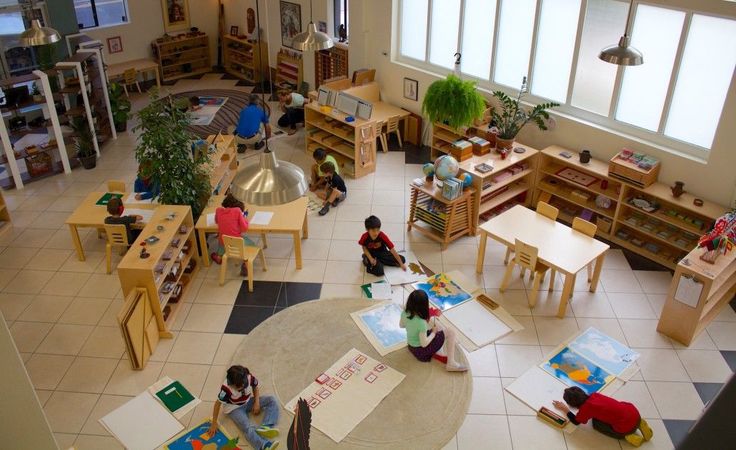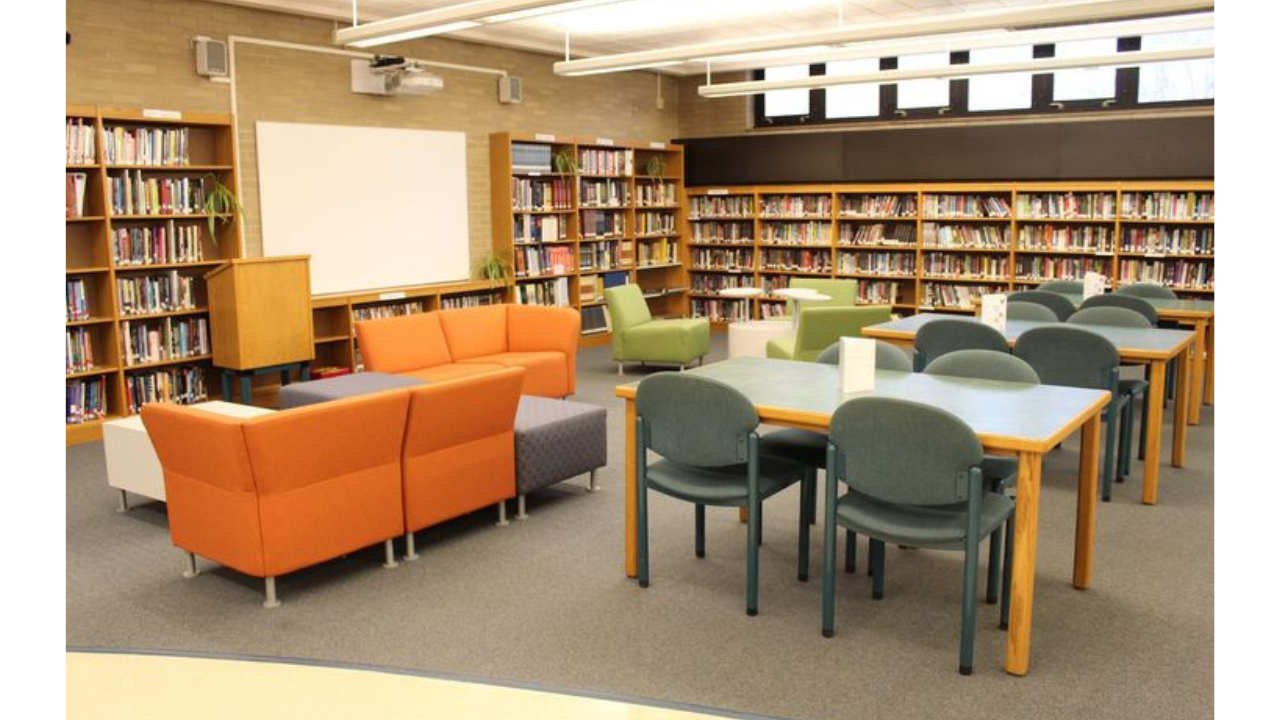In today’s fast-paced world, the lines between work, education, and personal life are blurrier than ever. With remote work becoming a mainstay, homeschooling or online learning on the rise, and the need for a peaceful sanctuary at home more pressing than ever, many of us are asking: Can a home really function as an office, a school, and a haven all at once? At Hobbiz, we believe it’s not only possible but can also be deeply rewarding with the right approach. Let’s dive into how to make your home a harmonious trifecta of productivity, learning, and relaxation—without losing your sanity or your sense of self.
The Modern Home: A Space Under Pressure

Not so long ago, homes were primarily places of rest and connection—a haven where you’d recharge after a day at the office or school. But the world has shifted. The rise of remote work, accelerated by the pandemic, has turned dining tables into desks and living rooms into lecture halls. According to a 2023 survey by Pew Research, over 40% of Americans now work from home at least part-time, and online or hybrid schooling has surged, with millions of families opting for homeschooling or virtual classrooms.
This convergence of roles can feel overwhelming. Your kitchen counter is now a Zoom meeting hub, a math class, and the spot where you’re supposed to enjoy a quiet cup of coffee. The challenge is real: how do you create a space that supports professional focus, educational growth, and emotional well-being without everything bleeding into chaos?
The good news? With intentional design, clear boundaries, and a sprinkle of creativity, your home can wear all three hats beautifully. Let’s break it down.
Crafting a Functional Home Office
A productive home office is the cornerstone of making this multi-purpose dream work. But it doesn’t mean you need a sprawling corner office with mahogany furniture. Even a small nook can become a powerhouse of efficiency with some thoughtful tweaks.
Designate a Dedicated Space
The first step is carving out a specific area for work. This could be a spare room, a corner of the living room, or even a repurposed closet. The key is consistency—your brain needs to associate this space with “work mode.” A 2024 study from Stanford found that workers with dedicated home office spaces reported 20% higher productivity than those working from shared or makeshift areas.
If space is tight, consider a foldable desk or a wall-mounted table that can be tucked away when not in use. Add a comfortable chair (your back will thank you), good lighting, and a few personal touches like a plant or a favorite mug to make it inviting but not distracting.
Minimize Distractions
Distractions are the enemy of focus, especially when your office is steps away from the fridge or a pile of laundry. Noise-canceling headphones can be a game-changer, particularly if kids are learning or playing nearby. Apps like Focus@Will or Brain.fm can also provide background music designed to boost concentration.
Set clear boundaries with family or housemates. A simple “do not disturb” sign during work hours can work wonders. And don’t underestimate the power of a schedule—block out your most productive hours for deep work and communicate these to everyone in the household.
Tech It Up
Invest in reliable technology. A fast internet connection, a quality webcam, and a decent microphone are non-negotiables for remote work. If you’re juggling multiple roles, consider a dual-monitor setup to keep your work organized. Tools like Trello, Notion, or Asana can help manage tasks, especially if you’re balancing work with overseeing school activities.
Turning Your Home into a School

Whether you’re homeschooling, supporting virtual learning, or helping with homework, creating an effective learning environment at home is critical. The goal is to foster focus and curiosity without turning your home into a sterile classroom.
Create a Learning Zone
Just as with your office, a dedicated learning space is essential. This doesn’t mean a full-blown classroom setup—though if you’ve got the space, go for it! A simple table with organized supplies, good lighting, and minimal distractions can do the trick. If multiple kids are learning at home, consider individual workstations to reduce sibling squabbles.
Personalize the space to make it engaging. A bulletin board for pinning schedules, artwork, or motivational quotes can spark creativity. For younger kids, colorful storage bins for supplies can make learning feel like an adventure.
Balance Structure and Flexibility
Kids thrive on routine, but too much rigidity can stifle their natural curiosity. Create a daily schedule that includes dedicated learning time, breaks, and space for creative exploration. For example, a morning block for core subjects like math and reading can be followed by an afternoon of hands-on projects or outdoor activities.
If you’re homeschooling, tools like Khan Academy, Outschool, or IXL can supplement your curriculum. For virtual learners, ensure they have a quiet space for Zoom classes and check in regularly to keep them on track. A 2023 report from the National Education Association found that students with structured home learning environments scored 15% higher on standardized tests than those in chaotic setups.
Encourage Independence
One of the biggest gifts you can give your kids is the ability to take ownership of their learning. Teach them to organize their tasks, set goals, and manage their time. For older kids, apps like Google Classroom or Todoist can help them stay on top of assignments. For younger ones, a simple checklist on a whiteboard can make them feel accomplished as they check off tasks.
Making Your Home a Haven
With all this productivity and learning, it’s easy to forget that your home should also be a place to unwind. A haven is where you recharge, connect with loved ones, and feel at peace. Neglecting this aspect can lead to burnout, no matter how efficient your office or school setup is.
Carve Out Relaxation Zones
Designate areas of your home as “no-work, no-school” zones. This could be a cozy reading nook, a backyard patio, or even your bedroom. Fill these spaces with elements that bring you joy—soft blankets, scented candles, or a Bluetooth speaker for your favorite music. The goal is to create a clear mental separation between work, school, and rest.
For families, a shared relaxation space can double as a bonding area. Think game nights at the dining table or movie marathons in the living room. These moments of connection are what make a house feel like a home.
Prioritize Mental Health
Balancing work, school, and home life can take a toll. Build small rituals into your day to stay grounded. A 10-minute morning meditation, a walk around the block, or even a quick journaling session can help you process stress. Apps like Calm or Headspace are great for guided mindfulness exercises.
Encourage kids to express their emotions, too. A simple “feelings check-in” at dinner can open up conversations and prevent meltdowns. For teens, a quiet space to journal or listen to music can be their version of a haven.
Keep It Tidy (But Not Perfect)
A cluttered home can make even the most serene space feel chaotic. You don’t need a spotless house, but a regular tidying routine can work wonders. Spend 10 minutes at the end of each day resetting shared spaces—put away school supplies, clear off the desk, and fluff the couch cushions. This small effort can make your home feel like a fresh slate each morning.
The Art of Boundaries
The real magic of making your home an office, school, and haven lies in boundaries—both physical and mental. Without them, work spills into family time, schoolwork creeps into downtime, and your haven starts to feel like a pressure cooker.
Time Boundaries
Set clear start and end times for work and school. When the workday is done, shut down your laptop and step away. For kids, signal the end of “school time” with a fun ritual, like a quick dance party or a snack break. These transitions help everyone shift gears and keep the home feeling balanced.
Emotional Boundaries
It’s easy to carry work stress into family time or let a tough school day sour your evening. Practice “compartmentalizing” by taking a moment to reset between roles. A quick walk, a deep breath, or even a change of clothes can signal to your brain that you’re moving from “work you” to “home you.”
Tech Boundaries
Screens are a double-edged sword—they’re essential for work and school but can dominate your home life if left unchecked. Set tech-free times, like during meals or an hour before bed. For kids, use parental control apps to limit screen time and encourage offline activities like reading or crafts.
The Personal Touch: My Own Journey
I’ll admit, juggling these roles in my own home hasn’t always been smooth. When I first started working remotely, my dining table became a catch-all for laptops, textbooks, and half-eaten snacks. I’d be answering emails while helping my daughter with fractions, all while daydreaming about a quiet moment to myself. It felt like my home was a circus, and I was the frazzled ringmaster.
What changed? I got intentional. I set up a small desk in the corner of my living room, complete with a lamp and a tiny succulent to make it feel like my space. For my daughter, we created a “learning corner” with a whiteboard and colorful bins for her supplies. Most importantly, we started a family rule: after 6 p.m., no work or school talk unless it’s urgent. That time is for us—whether it’s playing Uno, watching a movie, or just chatting about our day.
It’s not perfect. Some days, the lines still blur, and I catch myself checking emails during dinner. But creating those physical and mental boundaries has made our home feel like a place where we can all thrive, not just survive.
Bringing It All Together
So, is it possible for a home to be an office, a school, and a haven? Absolutely—but it takes intention, flexibility, and a willingness to adapt. Start with small, practical steps: a dedicated workspace, a structured yet flexible schedule, and a cozy corner for relaxation. Layer in boundaries to keep the chaos at bay, and don’t forget to infuse your home with personal touches that make it yours.
At Hobbiz, we’re all about finding joy in the everyday, whether you’re building a career, raising curious kids, or carving out moments of peace. Your home can be the ultimate multi-tasker—a place where productivity, learning, and love coexist. It’s not about perfection; it’s about creating a space that works for you and your family.
What’s your biggest challenge in balancing work, school, and home life? Share your tips or struggles in the comments—we’d love to hear how you’re making it work!
